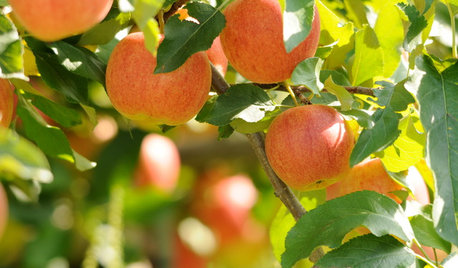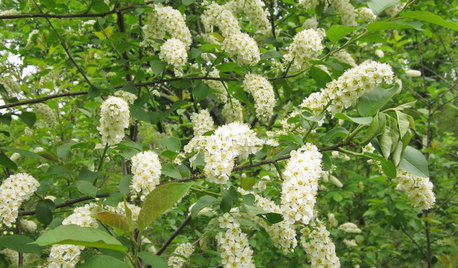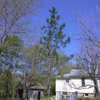Cicadas and Newly Planted Trees
chamaegardener (Z5) Northeast Illinois
28 days ago
last modified: 28 days ago
Related Stories

GARDENING GUIDESHow to Take Care of Your Newly Planted Garden
Set up new gardens for success in the critical first year after planting with expert tips from landscape pros on Houzz
Full Story
TREESHow to Plant a Fruit Tree
Great Home Project: Choose the best tree for your region, plant it to thrive and enjoy sweet rewards year after year
Full Story
LIFEThis Weekend: Raise a Stein, Plant a Tree, Make a Casserole
Dive into fall pleasures with an Oktoberfest gathering, a beautiful new tree or a double batch of comfort food
Full Story
GARDENING GUIDESWhen and How to Plant a Tree, and Why You Should
Trees add beauty while benefiting the environment. Learn the right way to plant one
Full Story
GARDENING GUIDESPlant Black Cherry Trees for the Birds and Bees
Plant Prunus serotina in the Central and Eastern U.S. for spring flowers, interesting bark and beautiful fall color
Full Story
GARDENING GUIDESAn All-Star List of 10 Shade Trees to Plant This Fall
These tried-and-true varieties offer good-sized canopies, seasonal interest, wildlife benefits and more
Full Story
TREES7 Deer-Resistant Flowering Trees to Plant this Fall
If you live in a neighborhood with roaming deer, consider these beautiful trees that won't tempt hungry guests
Full Story
TREESHow to Buy Healthy Trees and Shrubs
A healthy young plant with a strong form is more likely to do well in your yard. Here’s what to look for at the nursery
Full Story
FALL GARDENING6 Trees You'll Fall For
Don’t put down that spade! Autumn is the perfect time for planting these trees
Full Story
TREESNative Plant Alternatives to Invasive Common Buckthorn
Learn how to identify and control this aggressive plant, and what to grow in its place
Full StoryMore Discussions











KR KNuttle
cecily 7A
Related Professionals
Jennings Landscape Architects & Landscape Designers · Oatfield Landscape Architects & Landscape Designers · Methuen Landscape Contractors · Suffern Landscape Architects & Landscape Designers · York Landscape Contractors · Hawaiian Gardens Landscape Contractors · Salisbury Decks, Patios & Outdoor Enclosures · Centerville Stone, Pavers & Concrete · Grand Haven Landscape Architects & Landscape Designers · Matteson Landscape Contractors · Vancouver Landscape Contractors · Merrifield Landscape Contractors · Ferguson Landscape Contractors · Hutto Fence Contractors · North Miami Beach Fence Contractorsmad_gallica (z5 Eastern NY)
beesneeds
iochroma
plantkiller_il_5
iochroma
beesneeds
mad_gallica (z5 Eastern NY)
rhizo_1 (North AL) zone 7
davidrt28 (zone 7)
ken_adrian Adrian MI cold Z5